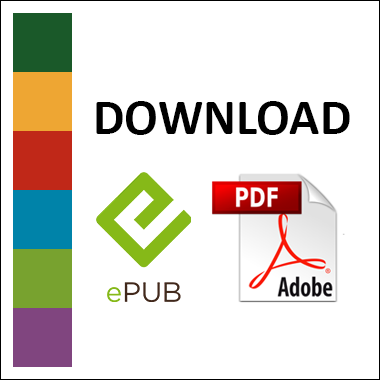Rubrics:
A good assessment tool has two components:
- It identifies the fundamental concepts and other features of understanding the task or activity is designed to uncover. Sometimes teachers can use the wording of the concepts or learning outcome to describe the features of understanding students will demonstrate when they perform the task or activity. Sometimes teachers will want to modify the wording while keeping the intention of those fundamental concepts and/or learning outcomes intact.
- It identifies the degree of mastery of each of these understandings. We call these levels of understanding.
Good assessment also gives feedback about the features of understanding and levels of understanding. How will students and their parents know the difference between what will count as exceptional performance or performance that meets expectations? What is missing from student performance when they fail to understand?
Teachers, parents and students should have a clear picture of what it looks like when students have a deep understanding of fundamental concepts and what it’s like to work effectively to produce strongly crafted work.
Teachers are becoming familiar with the use of rubrics to accomplish assessment goals. A rubric is simply a table. How you populate the rubric is key.
There are two types of rubrics that are particularly helpful for teachers:
Each type can be used to assess both the products and processes of learning.
-
Generic rubrics
These are used when teachers want to assess student understanding on similar types of tasks such as story-telling, problem solving, oral presentations, or web design. The most important thing about generic rubrics is that students encounter the same features of understanding each time they approach a similar type of work. Thus, each time they write a story, they know that certain key elements must be present, regardless the particular story idea, characters or setting. The specific features of understanding teachers include in a generic rubric should map to learning outcomes so that both teachers and their students are confident that they are developing required skills, knowledge and understandings.
Advantages of generic rubrics:
- Helping teachers focus on what matters most about certain kinds of tasks, processes and performance;
- Helping students consciously develop their knowledge, skills and abilities across different contexts;
- Assuring greater consistency in your assessment of tasks of a similar nature; and
- Developing consistency and alignment across grade and subject levels.
Disadvantages of generic rubrics:
- They are not finely grained enough to get at specific content, skills and understandings developed in a particular task or activity; and
- If not carefully constructed, they can be so vague that students have a hard time seeing what, specifically, good work looks like.
-
Analytic Trait Rubrics
An analytic trait rubric divides a product or performance into traits or dimensions so that each can be assessed separately.
Advantages of analytic trait rubrics:
- Assessing complex performances or products involving several significant dimensions; and
- Providing more specific information or feedback to students, parents and teachers about the strengths and weaknesses of a performance or product. Teachers can use the information provided to analytic assessment to target instruction to particular areas of need.
Disadvantages of analytic trait rubrics:
- Time consuming to learn how to create and apply.
Creating rubrics:
Whether a rubric is generic or analytic-trait, it will have three main elements:
- Features of understanding – Each row in a rubric identifies a specific concept, skill or other feature that is an essential element in demonstrating understanding. This is the place where teachers must look closely at the task or activity they have designed and at the relevant Programs of Study and ask themselves what must the students understand as they work on the various tasks and activities.
- Levels of understanding – The columns in a rubric clearly identify the differences between levels of student understanding and performance. Most commonly, a four-point scale is used, although sometimes you’ll see a five-point scale as well. Secondary teachers tend to use a five-point scale because it corresponds to letter grades. Some encourage teachers to use an even number of levels of understanding to avoid the tendency to huddle responses in the middle of the scale. On a 4-point rubric with 4 being the highest level, 3 is generally assumed to indicate grade-level performance. Increasingly, teachers avoid giving labels to the different parts of the scale and just use numbers. This avoids emotionally loaded or vague terms such as “Poor” “good” excellent” and “outstanding”.
- Descriptors of understanding – Writing clear descriptors of understanding for each level helps you clarify what work looks like at each level of performance. Here are some helpful tips:
- Clearly think through and communicate the differences between each level of understanding. Will students know what they need to do to perform at the top level, or to move from one level to a higher one?
- Describe each level of understanding, try to make the differences between each level equal. Try to avoid a situation where there is a minor difference between a 2 and a 3, but it takes a huge jump for students to achieve a 4.
- Focus on understanding as the descriptors are developed to distinguish between levels of understanding. Weak descriptors may rely on a quantitative difference between levels. Do not to distinguish between levels by the number of resources, examples or questions a student has addressed. Are five weak resources actually better than 3 strong ones? Or is it really better to ask 10 predictable questions than 2 inspired ones?
- Avoid the temptation to distinguish levels of understanding by focusing on how independent a student was in completing a task. In today’s world, students need to learn how to be effective members of productive teams, so it’s not a good idea to tie our assessment only to their ability to work alone.


